Learning How To Learn Search Engine Optimization can feel daunting, but it’s a crucial skill in today’s digital landscape. At LEARNS.EDU.VN, we’re dedicated to simplifying the learning process and empowering you with actionable strategies to master SEO. Discover the secrets to improve your website’s visibility, increase organic traffic, and achieve top rankings with our comprehensive guide on search engine optimization. Unlock your potential in SEO through continuous learning, hands-on practice, and expert insights.
1. Understanding the Core SEO Concepts
Before diving into the strategies, understanding the foundational vocabulary of search engine optimization is essential. Let’s explore some key terms that will form the building blocks of your SEO knowledge.
| Term | Definition |
|---|---|
| Search Engine Optimization (SEO) | Techniques to enhance your website, offering high-quality information that searchers seek. Effective SEO improves rankings in search results for specific keywords, ensuring users find your content. |
| On-Page SEO | Optimizations within your website to boost search rankings, encompassing keyword usage in content and backend elements like site structure. |
| Off-Page SEO | Activities outside your website that improve search engine rankings, such as obtaining backlinks from reputable websites. |
| Link Building | Acquiring links to your site from other authoritative websites to enhance credibility and authority. |
| SERPs | Search Engine Result Pages – the listings displayed after a search query on engines like Google. |
| White-Hat SEO | Ethical optimization tactics adhering to accepted and recognized best practices. |
| Black-Hat SEO | Manipulative tactics that exploit search engine algorithms to artificially inflate website rankings. These practices are generally unethical and can lead to penalties. |
| E-E-A-T | Experience, Expertise, Authoritativeness, and Trustworthiness – key factors Google uses to assess the quality and relevance of web pages, outlined in their search quality rater guidelines. |
| Keyword | Words or phrases users enter into search engines to find relevant content. Effective SEO involves integrating relevant keywords that align with search intent into your content. |
| Keyword Research | The process of identifying keywords that potential customers use when searching for products, services, or information related to your business. This research informs the strategic use of these words on your website and within your content. |
| Organic Results | Unpaid search results that appear due to a page’s relevance to the search query. |
| Organic Traffic | Website visitors who arrive via organic search results. |
| Page Ranking | Your website’s position in search engine results pages (SERPs) for a specific keyword. |
| Ranking Factor | An element that influences your site’s position in search results, such as domain authority, page speed, and mobile-friendliness. |
| Search Intent | The underlying reason a user performs a search, which can be informational, navigational, transactional, or commercial. |
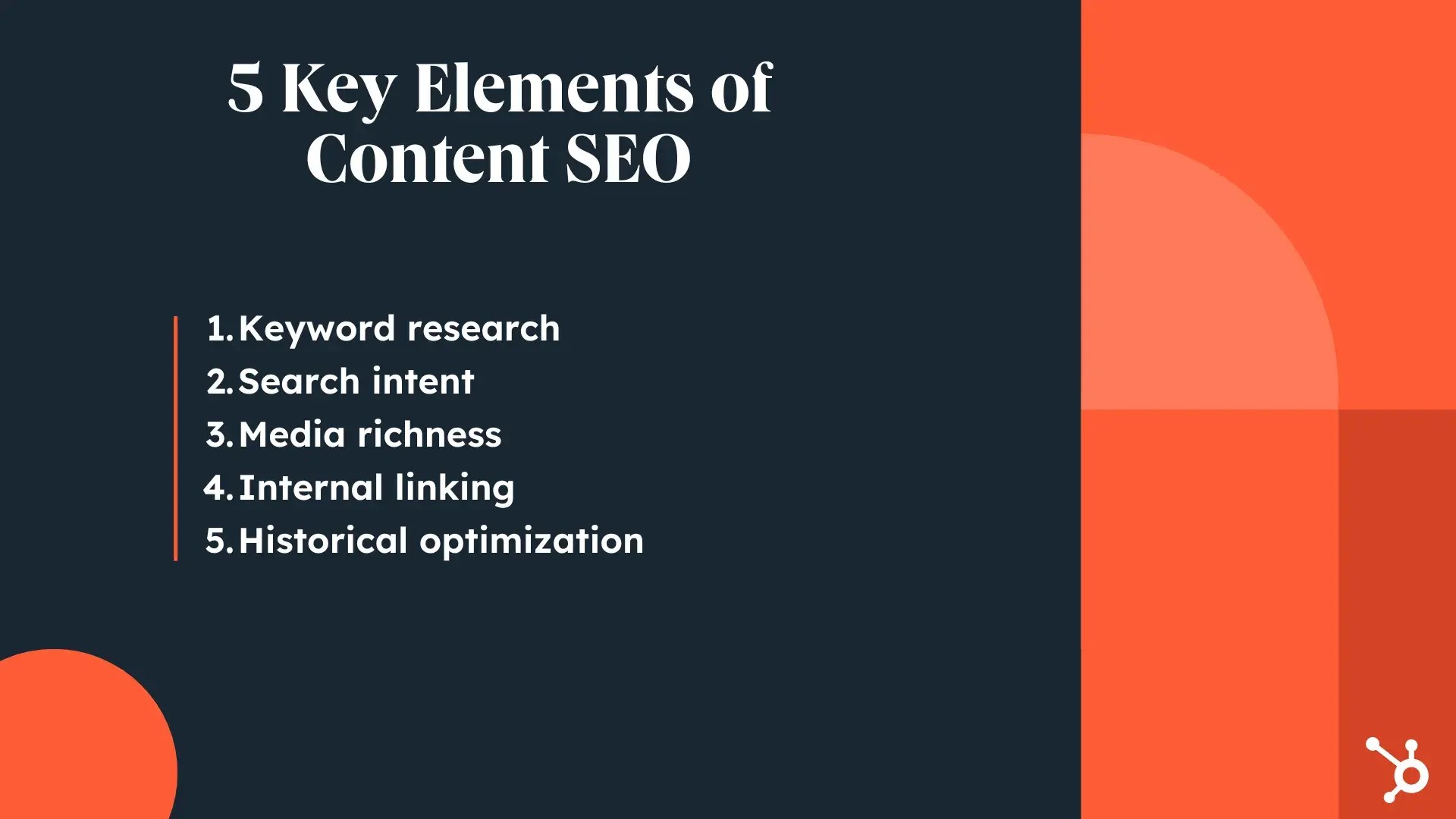
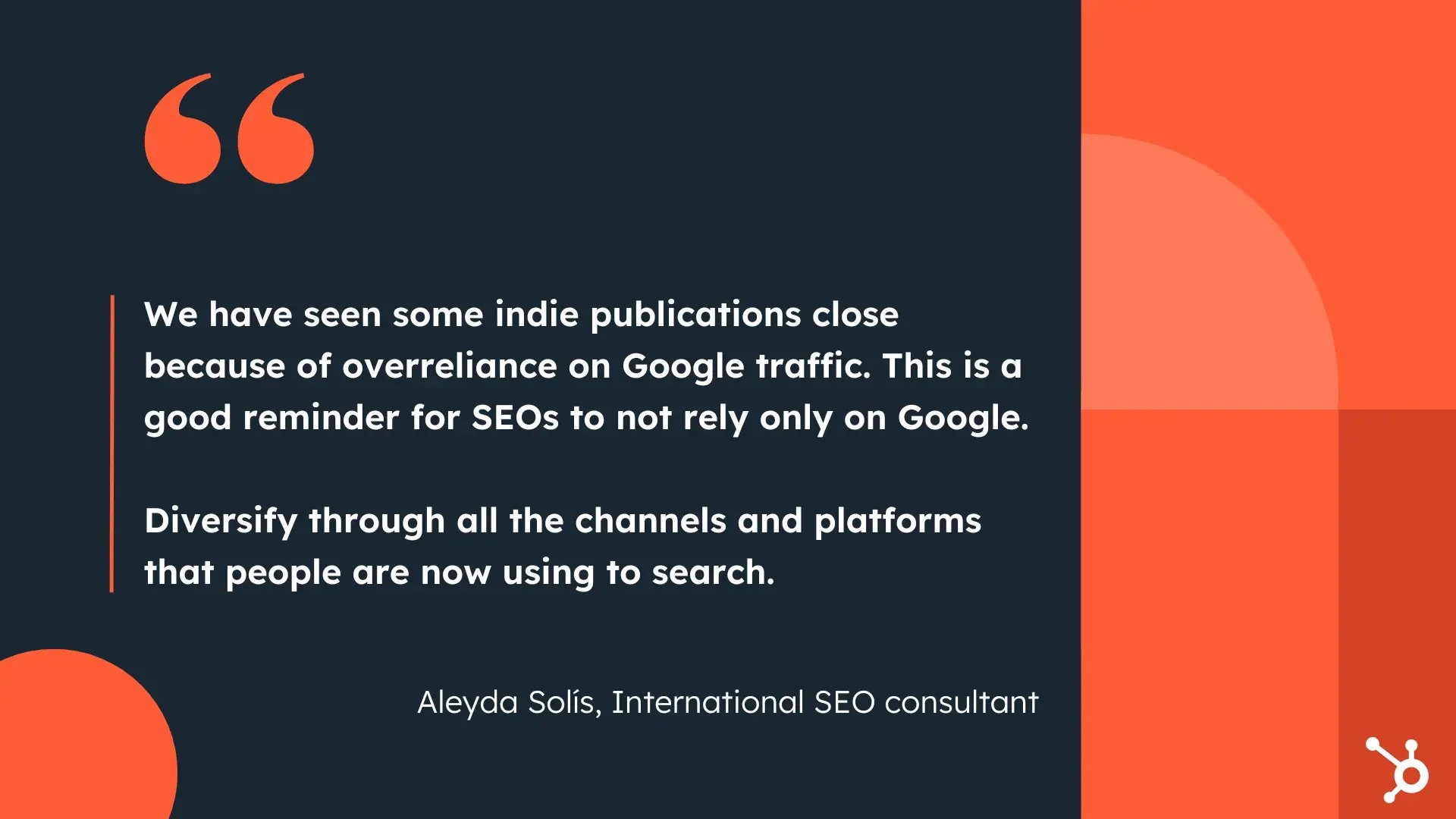
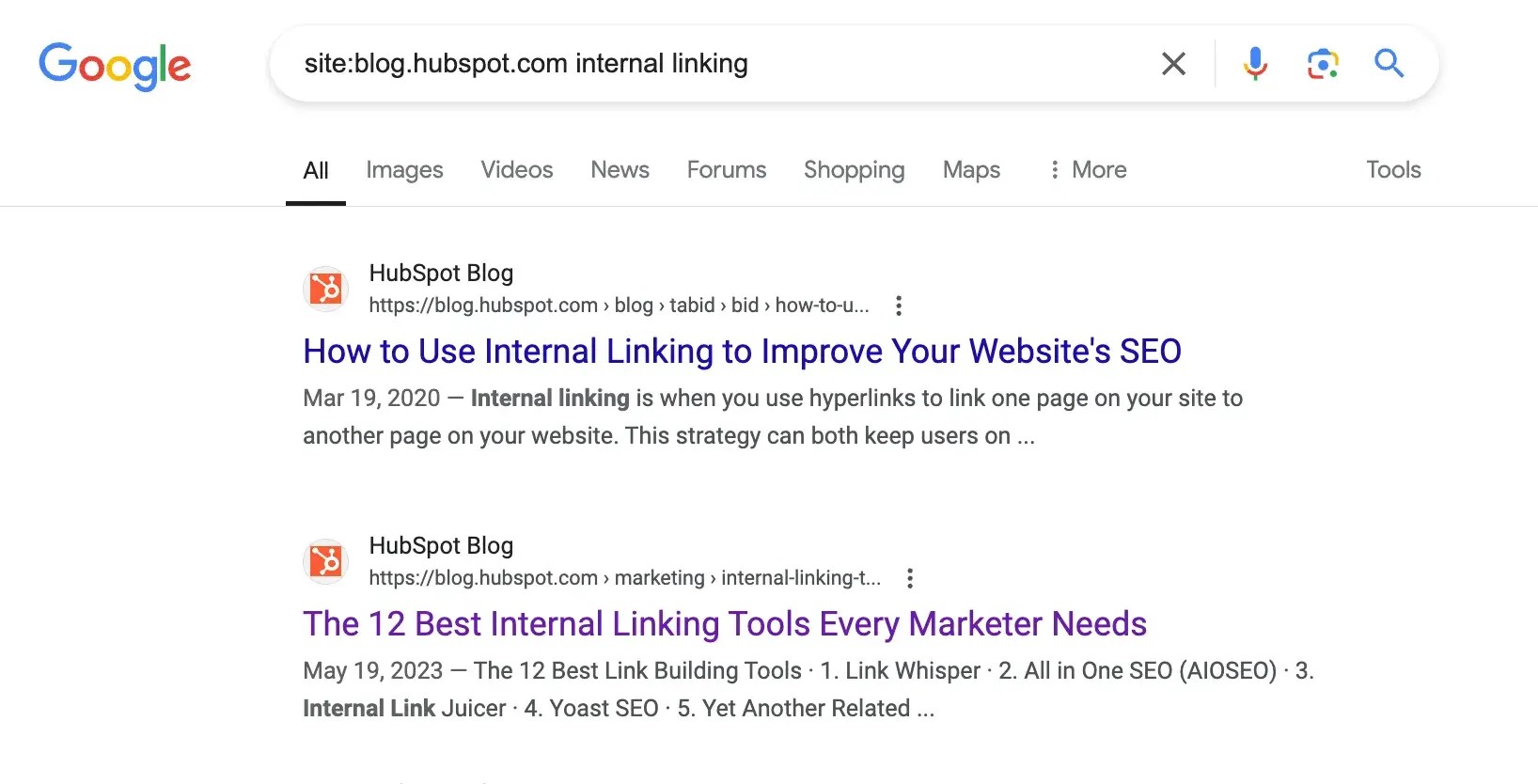
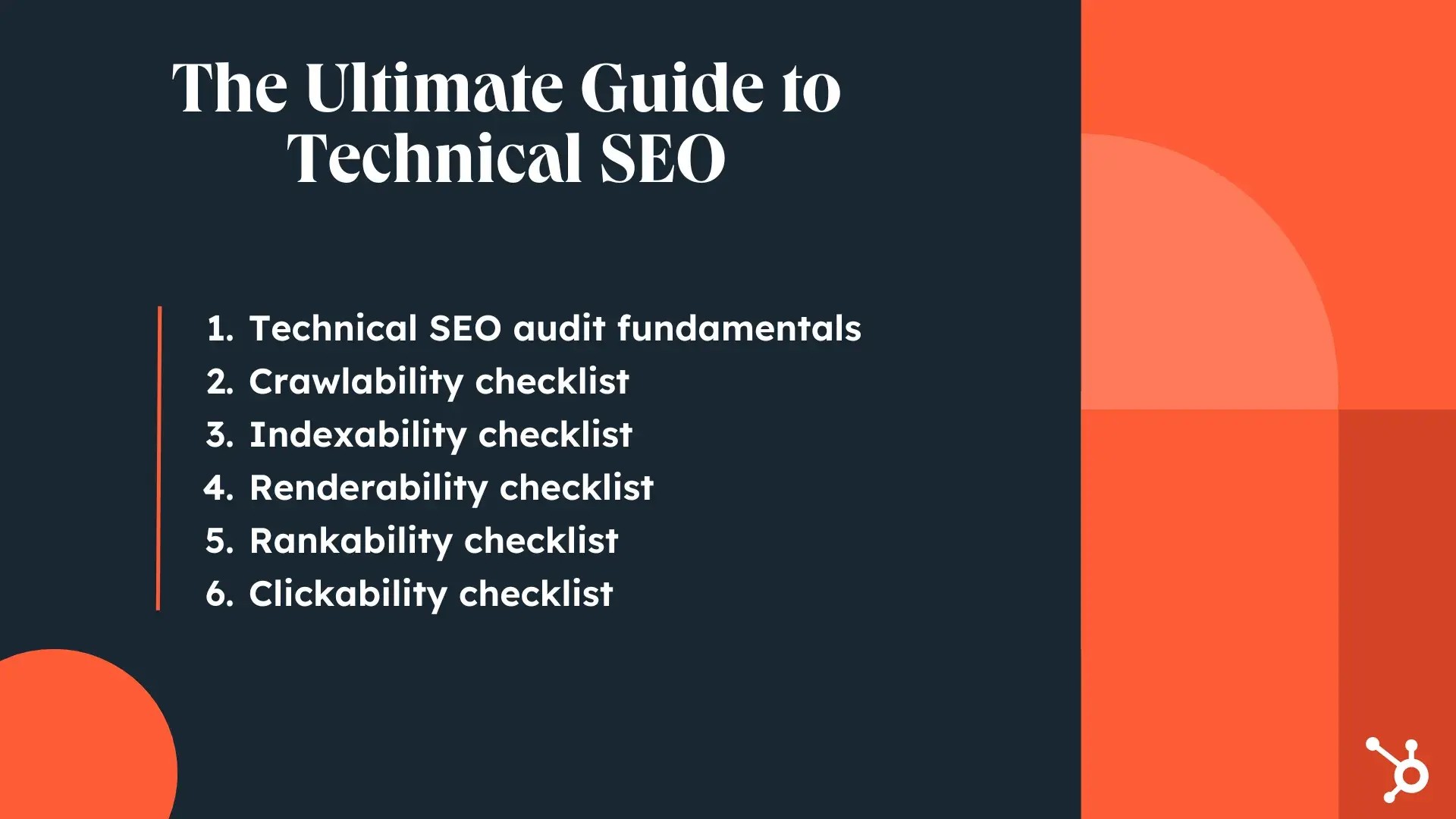
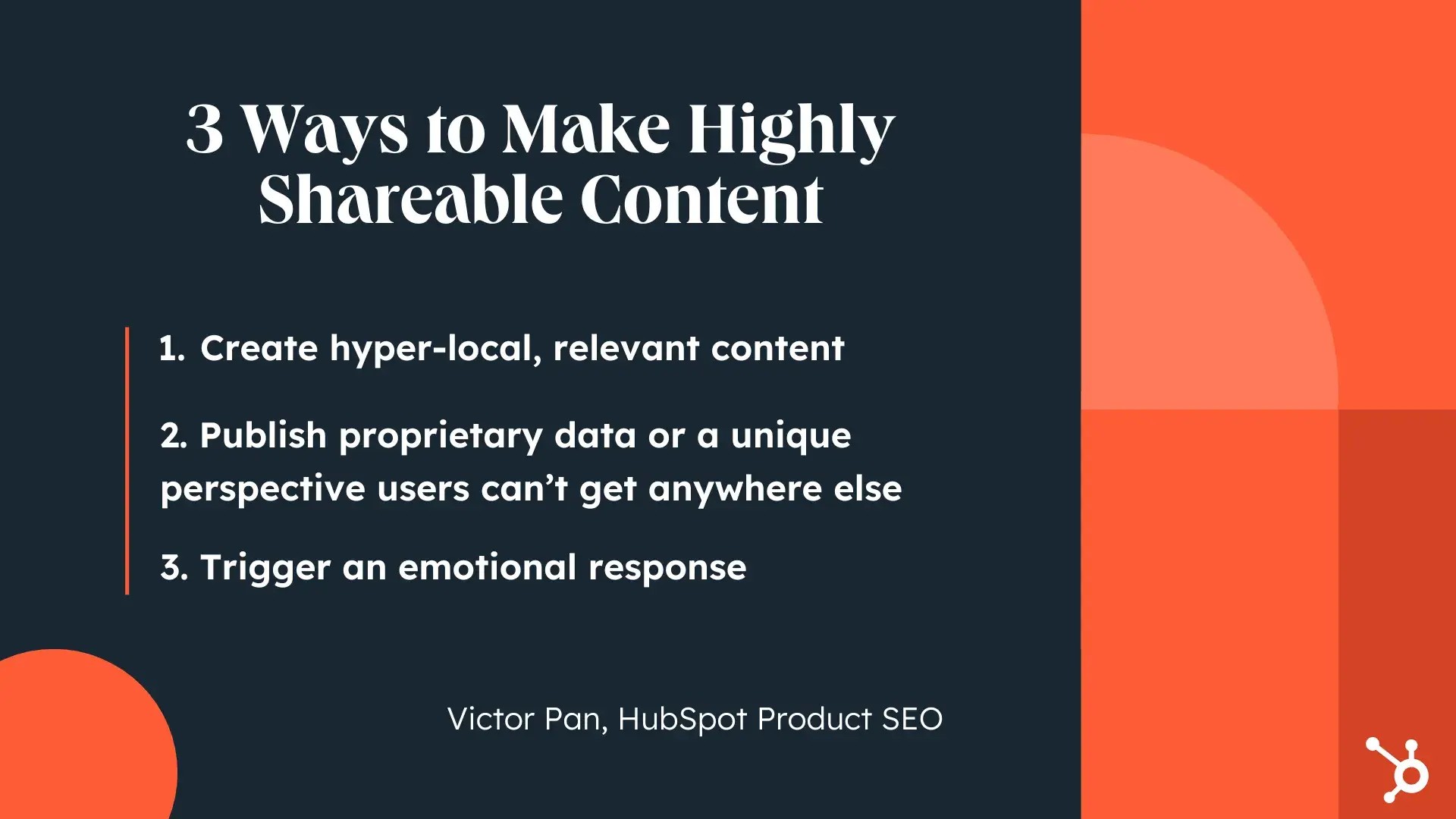
2. Adopting a Growth Mindset for SEO Mastery
Embarking on the journey of learning SEO requires more than just technical knowledge; it demands a growth mindset characterized by curiosity, persistence, and adaptability. As international SEO consultant Aleyda Solís advises, “Don’t rely on a single source.” Instead, embrace a multifaceted approach that integrates diverse resources and perspectives.
This approach ensures a well-rounded understanding and the ability to tailor strategies to your unique context. Solís emphasizes the importance of critical evaluation: “See what works for you within your context,” because even accurate information might not suit your circumstances. This principle underscores the need to experiment, analyze results, and iteratively refine your SEO strategies.
3. Leveraging Reliable Educational Resources
The first step in mastering SEO is to immerse yourself in reliable educational resources. Numerous platforms offer valuable insights into the ever-evolving world of search engine optimization. Here are some recommendations to build a solid foundation:
- Google Search Central Blog: Stay updated with the latest algorithm updates, best practices, and guidelines directly from Google. This blog provides invaluable insights into how Google evaluates and ranks websites.
- Google Search Quality Rater Guidelines: Dive deep into Google’s criteria for evaluating search results. Understanding these guidelines will help you align your content and website with Google’s quality standards.
- HubSpot AI Search Grader: Use this tool to evaluate how AI-powered search engines perceive your website and brand. This can reveal opportunities to optimize your site for the future of search.
- LEARNS.EDU.VN: Your go-to destination for comprehensive, easy-to-understand SEO guides and courses. We offer structured learning paths, expert tips, and practical exercises to help you master SEO.
.png)
4. Enrolling in Structured SEO Courses
For those who thrive in structured learning environments, enrolling in an SEO course can provide a comprehensive and guided educational experience. Many courses offer certificates upon completion, adding credibility to your skillset. Here are some high-quality options:
- Coursera: Offers a variety of SEO courses taught by industry experts and leading universities.
- Udemy: Features a wide range of SEO courses for all skill levels, from beginner to advanced.
- LEARNS.EDU.VN: Discover a variety of courses designed to elevate your SEO skills. Receive certifications upon completion. These are great for both structured learning and career advancement.
5. Staying Ahead of the Curve: Monitoring SEO Trends
The SEO landscape is in constant flux, driven by algorithm updates, emerging technologies, and shifting user behaviors. Remaining informed about the latest trends is crucial for adapting your strategies and maintaining a competitive edge.
For instance, in December 2022, Google updated its E-A-T guidelines to include “Experience,” emphasizing the importance of content created by individuals with firsthand knowledge and expertise. This underscores the value of authentic, experience-backed content in building trust and credibility.
Stay informed about changes in the SEO landscape by regularly checking the LEARNS.EDU.VN blog, which provides insights into algorithm updates, industry news, and emerging trends. Additionally, Google maintains a running list of major updates that can impact your SEO success.
Here’s a table of recent trends that are shaping the SEO landscape:
| Trend | Description | Impact on SEO |
|---|---|---|
| AI-Powered Search | The integration of artificial intelligence into search engines to provide more personalized and relevant results. | Requires optimizing content for semantic search and natural language processing (NLP). |
| Mobile-First Indexing | Google primarily uses the mobile version of a website for indexing and ranking. | Emphasizes the importance of having a mobile-friendly website with fast loading times and a seamless user experience. |
| Voice Search | The increasing use of voice assistants like Siri and Alexa to perform searches. | Requires optimizing content for long-tail keywords and conversational queries. |
| Video SEO | Optimizing videos for search engines to improve visibility in search results. | Involves creating high-quality video content, optimizing titles and descriptions, and using schema markup. |
| Local SEO | Optimizing a website to improve its visibility in local search results. | Requires claiming and optimizing your Google My Business listing, building local citations, and targeting local keywords. |
| Core Web Vitals | A set of metrics that measure the user experience of a website, including loading speed, interactivity, and visual stability. | Directly impacts search rankings, as Google prioritizes websites with good Core Web Vitals scores. |
| E-E-A-T | Experience, Expertise, Authoritativeness, and Trustworthiness – key factors Google uses to assess the quality and relevance of web pages. | Requires demonstrating expertise through high-quality content, building authority through backlinks, and establishing trust through transparent and accurate information. |
| Semantic Search | Search engine algorithms that understand the context and intent behind a user’s query, rather than just matching keywords. | Requires creating content that addresses the user’s underlying needs and provides comprehensive information on the topic. |
| Passage Ranking | Google’s ability to rank specific sections or passages of a web page, rather than the entire page. | Requires structuring content logically, using clear headings and subheadings, and providing concise answers to common questions. |
| Zero-Click Searches | Searches that provide the answer directly in the search results page, without requiring the user to click through to a website. | Requires optimizing content for featured snippets, knowledge panels, and other rich results. |
6. Analyzing Competitors to Uncover Opportunities
Learning from your competitors is a strategic way to identify opportunities and refine your SEO approach. By analyzing their strengths and weaknesses, you can gain valuable insights into effective strategies and areas for improvement.
Victor Pan suggests examining successful websites in your niche to understand their linking strategies and content journey. This involves identifying the websites they link to, the topics they cover, and the overall user experience they provide.
Conduct a thorough competitor analysis to uncover new keywords, identify backlink sources, and discover untapped opportunities. Resources like the free Competitive Analysis Templates can streamline this process, providing a structured framework for evaluating competitors and extracting actionable insights.
7. Hands-On Learning Through Practical Application
Theoretical knowledge is essential, but true mastery of SEO comes through practical application. Once you have a solid understanding of the fundamentals, take a hands-on approach and implement SEO strategies on your own website or a test project.
Aleyda Solís advises adopting “a mindset of being proactive — always testing, always curious, always skeptical, and always thinking from a strategic perspective.” This involves continuously experimenting with different techniques, analyzing the results, and adapting your approach based on the data.
If you already have a website, start by conducting a competitor analysis and updating your current strategy based on your findings. If you don’t have a website, consider building one to implement your new SEO knowledge and monitor key metrics.
8. Leveraging SEO Tools for Efficiency and Insights
Given the vastness and complexity of the internet, performing essential SEO tasks manually would be incredibly time-consuming and inefficient. This is where SEO tools come in, providing invaluable assistance in various aspects of search engine optimization.
These tools can save you significant time and energy while providing valuable insights into your website’s performance, keyword rankings, backlink profile, and competitor strategies. Here’s a list of recommended SEO tools:
| Tool | Description | Key Features |
|---|---|---|
| Google Analytics | A free web analytics service that tracks and reports website traffic, user behavior, and conversion rates. | Provides insights into website traffic sources, user demographics, page views, bounce rates, and goal conversions. |
| Google Search Console | A free tool that helps you monitor and maintain your website’s presence in Google search results. | Allows you to submit sitemaps, track keyword rankings, identify crawl errors, and monitor backlinks. |
| Ahrefs | A comprehensive SEO tool suite that provides data on keyword research, competitor analysis, backlink analysis, and site auditing. | Offers tools for keyword research, backlink analysis, rank tracking, site auditing, and competitor analysis. |
| Semrush | A versatile SEO platform that offers tools for keyword research, competitive analysis, content marketing, and social media management. | Provides tools for keyword research, competitive analysis, site auditing, content marketing, social media management, and advertising research. |
| Moz Pro | An SEO software suite that includes tools for keyword research, rank tracking, site auditing, and link building. | Offers tools for keyword research, rank tracking, site auditing, link building, and on-page optimization. |
| Ubersuggest | A free and paid SEO tool that provides keyword ideas, competitor analysis, and content suggestions. | Offers tools for keyword research, competitor analysis, content ideas, and backlink analysis. |
| Screaming Frog SEO Spider | A website crawler that audits your site for technical SEO issues, such as broken links, missing meta descriptions, and duplicate content. | Crawls websites to identify technical SEO issues, such as broken links, missing meta descriptions, duplicate content, and redirect chains. |
| PageSpeed Insights | A tool that analyzes the speed and performance of your website and provides recommendations for improvement. | Analyzes website speed and performance and provides recommendations for optimizing images, leveraging browser caching, and reducing server response time. |
| Yoast SEO | A popular WordPress plugin that helps you optimize your website for search engines. | Provides tools for on-page optimization, keyword analysis, readability analysis, and schema markup. |
| Google Keyword Planner | A free tool that helps you research keywords and estimate their search volume and competition. | Provides data on keyword search volume, competition, and cost-per-click (CPC) estimates. |
9. SEO Step-by-Step Guide
Once you have a solid grasp of SEO tools and concepts, it’s time to implement a step-by-step strategy to improve your website’s visibility and rankings. Here’s a simple breakdown for beginners. This SEO tutorial is divided into content, technical, and sharing categories.
- Content SEO: Write high-quality, engaging content that meets the needs of your target audience.
- Technical SEO: Optimize the technical elements of your website to ensure it is easily crawlable and indexable by search engines.
- Sharing and Backlinking: Promote your content and build backlinks from other reputable websites to increase your website’s authority and visibility.
.png)
9.1 Content SEO: Write Great Content
The cornerstone of effective SEO is creating exceptional content that resonates with your target audience. While the definition of “great content” may evolve over time, certain principles remain constant. Your content should be informative, engaging, and relevant to the needs and interests of your target audience.
Additionally, it should be optimized for search engines by incorporating relevant keywords, providing valuable information, and delivering a seamless user experience. Even with all the tools and roadmaps, writing great content should be your north star.
9.1.1 Keyword Research
Keyword research forms the foundation of effective content SEO. It’s a great starting point for SEO beginners. Start by identifying the words and phrases that your target audience uses when searching for information related to your business.
Tools like Ahrefs and Semrush can be invaluable for this process, but you can also begin by brainstorming words and phrases relevant to your business. For example, if you sell organic tea, you might target keywords like “organic tea,” “herbal tea,” and “fair trade tea.”
Create a spreadsheet or document to track your keyword research. Then, select one primary keyword to focus on for each page of your website. Avoid targeting multiple keywords on a single page. Instead, focus on one primary keyword and related semantic variations to capture user intent effectively.
Pan suggests starting with a list of natural search terms and then using Google to identify related searches. For example, searching “benefits of green tea” reveals related searches like “green tea for weight loss” and “green tea antioxidants.”
Focus on ranking for keywords with lower search volume initially, as it’s easier to achieve higher rankings for less competitive terms. As you gain experience and build authority, you can target more competitive keywords.
Once you have identified your target keywords, incorporate them strategically into your content:
- Use keywords in the page title
- Use keywords in your URL
- Use keywords in your meta description
- Use keywords in your H1 heading
- Use keywords naturally within your page content
Aleyda Solís cautions against overreliance on Google traffic, advising diversification across multiple channels and platforms.
9.1.2 Understanding Search Intent
Understanding why a user enters a specific query into Google or another search engine is just as crucial as the query itself. This is called search intent. For example, a user searching for “best running shoes” may be looking to buy a new pair of shoes, while another user searching for “how to tie running shoes” may be looking for instructions on lacing their existing shoes.
Generally speaking, users want to learn something, investigate a brand or product, complete an action like buying a product, or find a specific website. By understanding the intent behind a search query, you can create content that meets the user’s needs and provides a satisfying experience.
9.1.3 Incorporating Media Richness
Enrich your content with multimedia elements like audio, graphics, video, polls, and interactive features to enhance user engagement and satisfaction. Instead of presenting a wall of text, use visuals to break up the content and make it more appealing.
By structuring this data in the backend, you can optimize your content to make it more appealing in the SERPs.
9.1.4 Internal Linking
As you expand your content library, strategically link to your own content to boost traffic and build page authority. This practice, known as internal linking, helps search engines understand the relationships between your pages and distribute ranking power throughout your website.
To find relevant content to link to, use the “site:yourdomain.com” search operator in Google, followed by the term or phrase you’re looking for.
9.1.5 Historical Optimization
If you’re doing SEO for a property that has a large content library, chances are good that some of that content is outdated. But that doesn’t mean it’s useless — far from it. Revitalize older content by updating statistics, examples, and links to ensure accuracy and relevance.
Consider reorganizing and rewriting outdated content to align with current trends and user needs. By breathing new life into old content, you can reclaim lost traffic and improve your website’s overall SEO performance.
9.2 Technical SEO: Improve Website’s Technical Elements
Even the best content on the internet won’t get any readers if Google can’t find it. Technical SEO involves optimizing the technical aspects of your website to improve its crawlability, indexability, and overall search engine friendliness.
This includes ensuring that your website is mobile-friendly, has a fast loading speed, uses a clear URL structure, and has a valid XML sitemap.
Technical SEO can seem complicated if you don’t have a lot of technical experience. Don’t try to do everything at once — the goal here is to set a strong technical foundation so that Google and other search engines can easily find and crawl your website so that it shows up in search results.
Pro tip: Choose a good CMS — like, ahem, HubSpot — that will take care of the more technical aspects so you don’t have to.
9.3 Sharing and Backlinking: Ensure Website Visibility
With great content comes the desire for people to share it. Congratulations! Let’s talk about how to build those backlinks. Sharing and backlinking involve promoting your content to build brand awareness, drive traffic, and earn backlinks from other reputable websites.
Pan says to ask yourself, “Why do people want to share what you created?”
He identifies three simple answers to that question. “One, you’re super local, so it’s very relevant. You might even be the only person talking about it.”
“Two, you could have data or a perspective that only your site can share, because of access that you have,” like original research or other proprietary data.
And lastly, “your content triggers an emotional response.”
One simple thing I do for HubSpot articles is provide quote cards to the subject matter experts I’ve talked to. It’s an easy way to encourage link sharing beyond your own network, and it doesn’t take much time.
It’s also important to understand the different types of backlinks — for instance, you might be able to write a guest blog on another high-quality website and link back to your own.
10. FAQ: Your SEO Questions Answered
Here are answers to some frequently asked questions about SEO:
- What is the most important ranking factor in SEO? While Google uses hundreds of ranking factors, high-quality content that meets user intent is consistently cited as one of the most important.
- How long does it take to see results from SEO? SEO is a long-term strategy, and it can take several months to see significant results.
- Is SEO a one-time effort? No, SEO is an ongoing process that requires continuous monitoring, optimization, and adaptation.
- Can I do SEO myself, or do I need to hire an expert? While you can learn and implement basic SEO strategies yourself, hiring an experienced SEO professional can provide significant benefits.
- How often does Google update its algorithm? Google makes small algorithm updates almost daily and releases major updates several times a year.
- What is the difference between on-page and off-page SEO? On-page SEO involves optimizing elements within your website, while off-page SEO involves activities outside your website to improve your rankings.
- How do I measure the success of my SEO efforts? Key metrics to track include organic traffic, keyword rankings, conversion rates, and website engagement.
- What is keyword stuffing, and why is it bad? Keyword stuffing involves excessively using keywords in your content, which can harm your rankings and user experience.
- How do I optimize my website for mobile devices? Ensure your website is responsive, has a fast loading speed, and provides a seamless user experience on mobile devices.
- What is E-E-A-T, and why is it important? E-E-A-T (Experience, Expertise, Authoritativeness, and Trustworthiness) are key factors Google uses to assess the quality and relevance of web pages.
11. Your SEO Journey Starts Now
This SEO step-by-step tutorial is just the beginning. With the SEO 101 vocabulary and the step-by-step tutorial, you can easily start creating an effective search engine optimization strategy.
Ready to take your SEO skills to the next level? Visit LEARNS.EDU.VN today to explore our comprehensive SEO courses, resources, and expert guidance. Our platform offers everything you need to master SEO, from foundational concepts to advanced strategies. Boost your website’s ranking on the first page of SERPs and unlock your online potential with LEARNS.EDU.VN.
Contact us:
- Address: 123 Education Way, Learnville, CA 90210, United States
- WhatsApp: +1 555-555-1212
- Website: learns.edu.vn